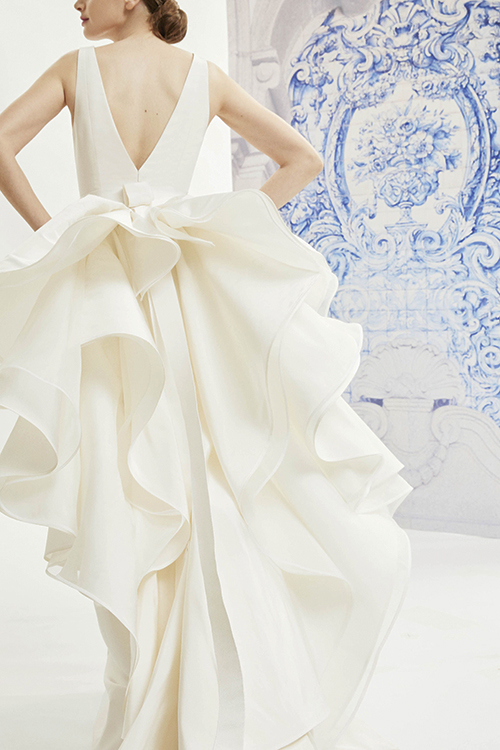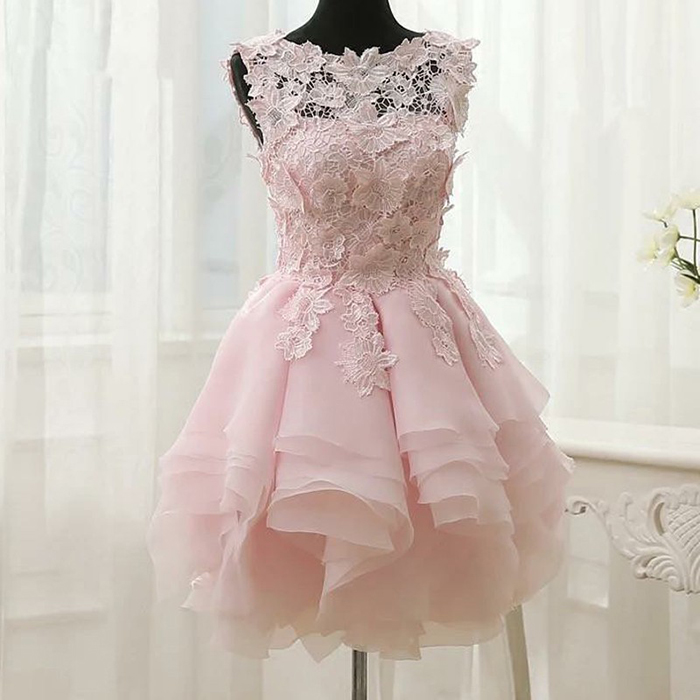Now that that wedding season is in full swing, Fashion Collection takes a look at the beautiful and stunning organza material originally made from silk.
Organza has been derived from another material that was known as Organzine, which was made from strong fibers of silk that were twisted into strands. The word Organza came first into use during the Middle Ages and was first integrated into the French and Italian languages as the words organsin and organzano, respectively. This was named after the town of Urgang in Turkestan which has one of the most famous silk markets at the time where this fabric was sold.
Although it was originally made of silk, the need for creating a fabric with greater tensile strength but the same gossamer look resulted in the use of nylon and polyester threads, either completely or partially in the creation. Nowadays, different appeals can be created by modifying the weave of the filaments.
The need for creating a sheer fabric in silk arose out of the need of upping fashion trends as sheer fabrics were required for creation of outer layers on heavy evening garments. Till date, the underlying principle of the use of Organza remains the same while the uses have diversified beyond imagination.
Style and Variety
There are many varieties within the Organza fabric, depending upon colors, texture and appearance of the material. Traditional Organza, also known as Pure Organza or Silk Organza, is produced primarily in China. It is named as such because the filaments in the yarn are pure silk and not blends of any sort.
Other variations in Organza are based on the weave and the consequent visual effect they provide to the fabric. For instance, loose weaves result in translucent, sheer-looking textile.


The Making
Traditionally made from yarn, Organza is created by tightly twisting separate yarns and then weaving them to provide texture and sheen to the material. The yarn is first combed and then treated with acid to add crispness. Even though the material is stiffer than most, it isn’t rough and doesn’t fray easily.
n order to create a garment from organza, either fully or partially, there are certain defining factors such as seam appearance, seam pucker and seam stiffness that need to be incorporated. These can easily be altered by using different pressing machines and the weight of the fabric. Organza can also be differentiated on the basis of its usage. Silk Organza is popularly used in the creation of bridal wear. It is used to embellish the gown by adding frills and laces. It is usually placed as the outer-most layers on the gown or skirt with a more solid textile as the under-layers as the translucence of Organza is perfect for the overall vibe of a wedding. Organza as a fabric is so light and airy that it is ideal for bridal wear. It is popularly used in the creation of wedding and party-wear lehengas.
